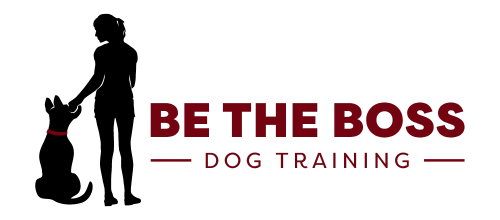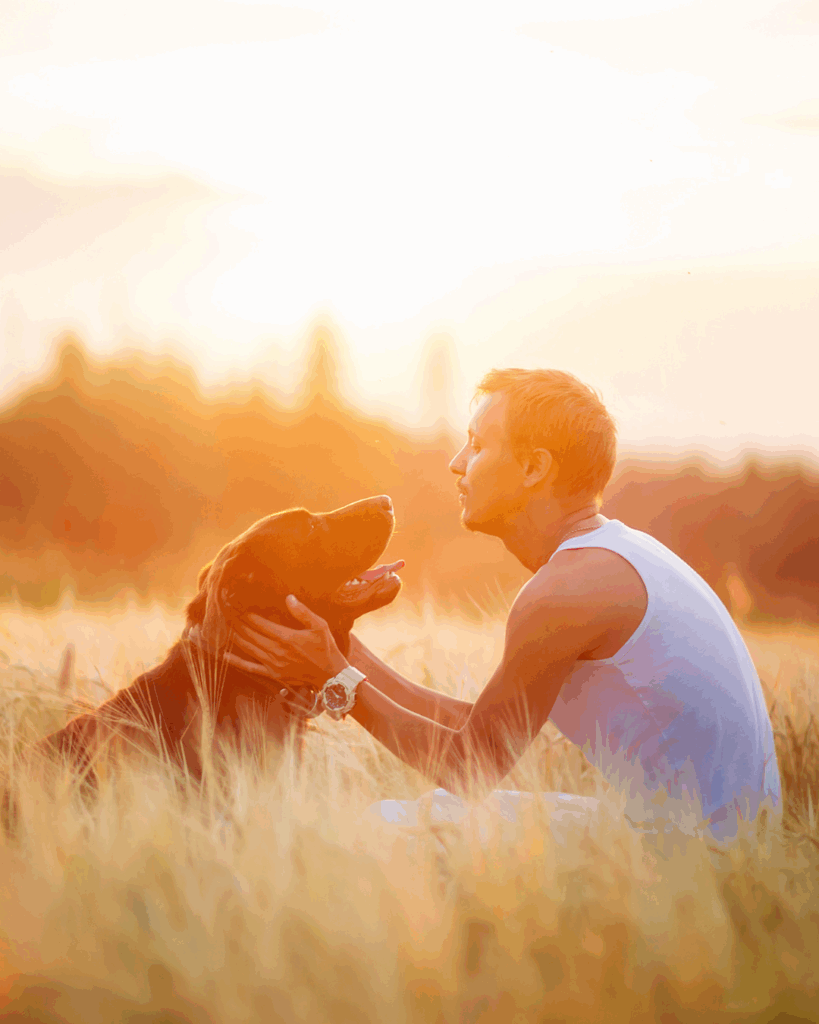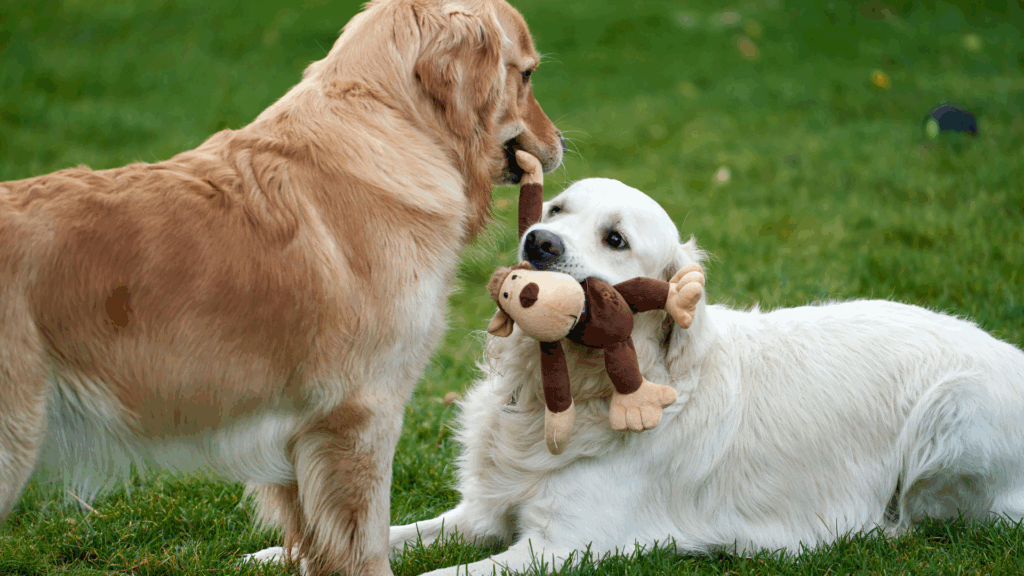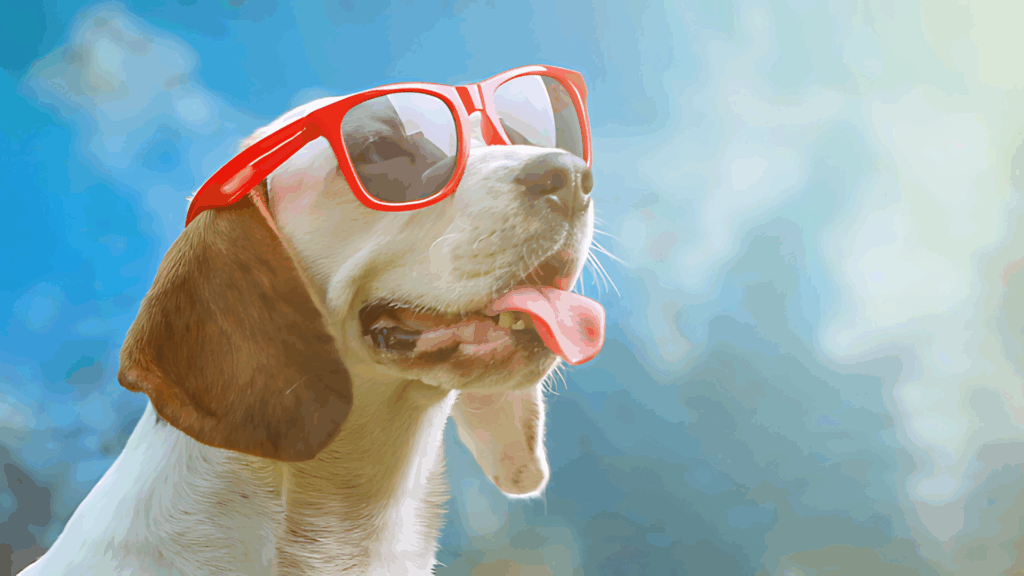Have you ever thought that what your child watches could be responsible for the life or death of another living being? It’s a scary idea, but unfortunately it’s all too true.
I’m talking specifically about children’s movies. The cute, fluffy, lovable movies that feature dogs as the main character.
Here are some examples: Up, Pets, 101 Dalmatians, Beethoven, AirBud, Bolt, and the list goes on.
Take for example 101 Dalmatians. Did you know that interest in the Dalmatian breed increased SIGNIFICANTLY once this movie was released? The number of Dalmatians sold and bought were higher AFTER this move was released than before.
Here’s what you’re thinking right now: Well, so what? It’s a cute dog, I like how it looks and I liked the movie so I want one.
There’s nothing wrong with that. The problem is if that’s the END of your thought process. There’s a HUGE problem if you do not research the breed and realize what you are getting your family into.
Did you know that Dalmatians were bred to run for miles and miles and miles every day? That they are incredibly smart, but can be headstrong and stubborn? That the energy of the dog will probably knock down a child under the age of 6? Or that this breed has medical issues to be aware of…specifically deafness and urinary problems?
Here’s where life and death matter:
WHAT ARE YOU GOING TO DO ONCE YOU REALIZE THE DOG IS NOT WHO YOU WANT THEM TO BE?
Unfortunately, most families with young kids don’t have the time for an animal that hasn’t lived up to their expectations. These dogs end up in shelters…or passed from home to home and THEN end up in a shelter because of behavioral problems.
Your passing fancy of “liking how the dog looks” is realized by a shivering pup, on a cement floor, before they are euthanized in a back room.
Please be RESPONSIBLE when choosing a pet for your family. Don’t choose the fate of a living being based off what Hollywood has decided will look “cute” on screen.
Every animal has the right to live. Step up to the responsibility of saving an animal…not killing one.





